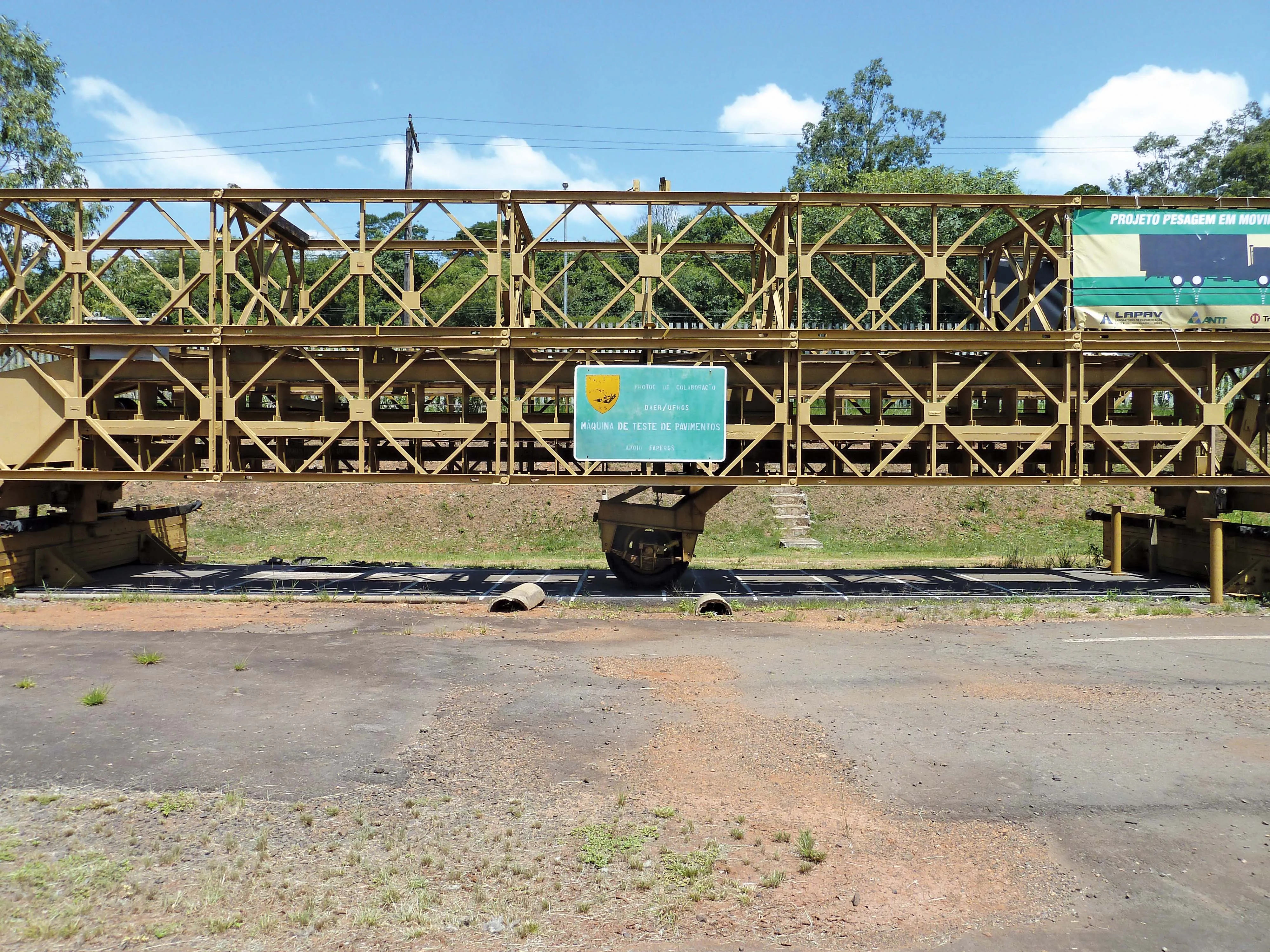Public transport solutions provider Xerox has been successful in winning orders for its ticketing systems, most recently in Kuala Lumpur, Malaysia and Chihuahua, Mexico. In Kuala Lumpur, the company will supply its Atlas contactless ticketing system and equipment to public transport operator Mass Rapid Transit Corporation for a new railway line that will cross the urban area of the city. Over the next five years, Xerox’s field teams will deploy the ticketing system, install 300 gate controllers and 200 tick
June 14, 2013
Read time: 2 mins
RSSPublic transport solutions provider 4183 Xerox has been successful in winning orders for its ticketing systems, most recently in Kuala Lumpur, Malaysia and Chihuahua, Mexico.
In Kuala Lumpur, the company will supply its Atlas contactless ticketing system and equipment to public transport operator Mass Rapid Transit Corporation for a new railway line that will cross the urban area of the city.
Over the next five years, Xerox’s field teams will deploy the ticketing system, install 300 gate controllers and 200 ticket vending machines, and issue a million contactless travel passes. The system will be interoperable with the two existing train networks.
"This ability to interconnect, and the solution’s excellent overall technical reliability, were decisive factors in our choice of service provider", explains Michael Bentink, ticketing system manager at MMC Gamuda, the partner appointed by Mass Rapid Transit Corporation to manage the project.
In Mexico, Chihuahua’s Vivebus network is set to roll out a Xerox contactless ticketing system as part of its modernisation strategy. The system will enter service in July 2013 on the new 20 km long main bus rapid transit line. Users will have a rechargeable prepaid card allowing them to transfer between lines within the hour.
The system will also manage the 450-vehicle fleet, tracking buses in real time by GPS and offering the ability to adapt capacity in line with demand.
In Kuala Lumpur, the company will supply its Atlas contactless ticketing system and equipment to public transport operator Mass Rapid Transit Corporation for a new railway line that will cross the urban area of the city.
Over the next five years, Xerox’s field teams will deploy the ticketing system, install 300 gate controllers and 200 ticket vending machines, and issue a million contactless travel passes. The system will be interoperable with the two existing train networks.
"This ability to interconnect, and the solution’s excellent overall technical reliability, were decisive factors in our choice of service provider", explains Michael Bentink, ticketing system manager at MMC Gamuda, the partner appointed by Mass Rapid Transit Corporation to manage the project.
In Mexico, Chihuahua’s Vivebus network is set to roll out a Xerox contactless ticketing system as part of its modernisation strategy. The system will enter service in July 2013 on the new 20 km long main bus rapid transit line. Users will have a rechargeable prepaid card allowing them to transfer between lines within the hour.
The system will also manage the 450-vehicle fleet, tracking buses in real time by GPS and offering the ability to adapt capacity in line with demand.








